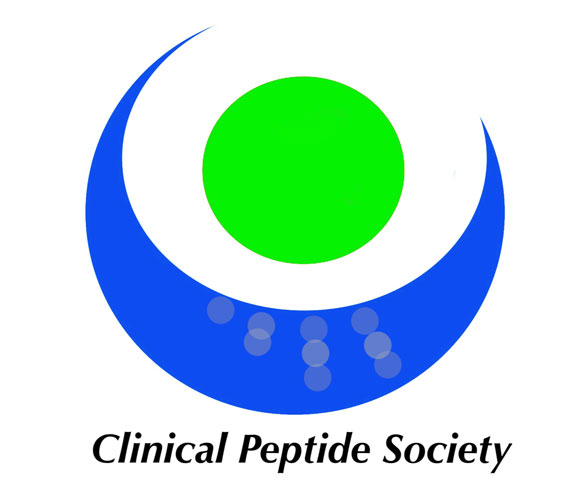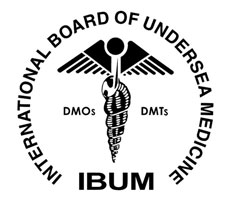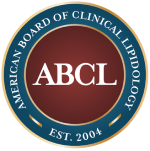Ketamine Therapy for Depression: What to Ask Your Doctor

Ketamine therapy can provide fast and lasting effects. Seeing your current doctor about it may be necessary if your symptoms are not improving with traditional treatments. Knowing more about ketamine for depression can help you set your appointment right away. Here are some ketamine therapy questions to ask your doctor on your next visit for your depression.
What should the patient look forward to during ketamine therapy?
The doctor will determine the dose by the patient’s weight. The amount that the individual gets will not be enough to cause the patient to lose consciousness. This means that the patient will stay awake during the 40-minute treatment session. There could be odd perceptions during the therapy. Other patients report that they seem to drift away from their bodies as ketamine flows.
Studies show that the side effects may be valuable for the effectiveness of ketamine therapy. Most patients tolerate them and even find them refreshing. The dissociative effects of the treatment fade right away once the treatment is over. There will be no flashbacks, but the patient must stay at the treatment center for about 30 minutes for observation. Managing some side effects, such as nausea, will be easier this way.
How should a patient prepare?
The patient needs to maintain an open mind before ketamine therapy. Avoiding stress is necessary. This will allow the patient to achieve the most favorable results. It is ideal to stay away from news items or confrontations with anyone. Feeling a little nervous before the treatment is normal.
Seeing the therapist about two weeks before the treatment can help the patient stabilize. Ketamine therapy can be intense. The dissociation can cause confusion. The therapist can help the patient process the events of the therapy.
How does ketamine therapy affect one’s brain?
This treatment can trigger many changes to one’s consciousness. Emotional and sensory changes can happen. Ketamine can shift the glutamate levels in the brain. This can cause brand-new nerve connections to form. The brain makes new pathways and adapts better. The therapy then allows the patient to have more positive feelings and thoughts.
Is using ketamine for depression effective?
Ketamine therapy does not apply to every type of depression. Traditional treatments can manage mild or even moderate depression. These treatments consist of psychotherapy and antidepressants. Severe depression can go through TMS, ECT, or even ketamine therapy. Patients with treatment-resistant depression can get quick and lasting relief from ketamine therapy. These individuals tend to have suicidal ideations.
What will happen after the treatment sessions?
Ketamine therapy needs a separate visit with the patient’s doctor. The patient will need a full explanation. This can help the patient know what to prepare for. Most people choose to have a maintenance program after the initial treatment series. The maintenance program will involve an intermittent ketamine therapy session. The interval will vary for every patient.
How soon will I start feeling the results?
Relief often comes within hours of the ketamine therapy for some patients. Research shows that thoughts of harming oneself go away first. The feeling of hopelessness and dread will follow. Other patients may not notice any changes until the following day. Some patients need a second treatment before they feel better.
Can the patient go to work right after ketamine therapy?
Going home right after the first treatment session is vital. About two more sessions can help orient the patient about the perception changes that ketamine therapy provides. Feeling intoxicated or nauseous can happen right after the session. Fatigue can also set in for the rest of the day. Many people can go back to work about two hours after the therapy. But it is healthier to rest after the first session.
Will ketamine therapy be necessary for the rest of the patient’s life?
Many doctors do not think so. Booster infusions may be necessary after at least a year. But the need will decrease over time. Some companies are working on oral or nasal forms of ketamine therapy that are more convenient to use. It may take more years until these medications can become available. In the meantime, ketamine therapy can help patients with suicidal ideation now.
Can the patient drive after the treatment?
The patient must not drive for 12 hours after ketamine therapy. The active ingredient is ketamine, which is a controlled substance. It can affect one’s perspective, which is why the patient must have a companion to bring the patient home after the therapy. But if the patient is alone, walking home or using public transportation is a good alternative.
Ketamine therapy is an effective way to treat depression
Talking to your doctor first can prepare you for your first ketamine therapy session. The mentioned questions can bring out the answers that you need. Your doctor’s answers can help remove your fears or doubts about this therapy. Working with your doctor can make each ketamine therapy session productive and healthy.
Get more information about Optimal Medical Group in Fresno at https://omgwellnessmd.com.
Check out what others are saying about our services on Yelp: Ketamine Therapy in Fresno, CA.
Related Posts
Low sex drive in women, medically known as hypoactive sexual desire disorder (HSDD) or low libido, is a persistent lack of sexual interest that can disrupt emotional well-being and relationships. It affects millions of women across many ages, often leaving them confused and concerned about their sex life, sexual intimacy, and overall health. The core…
The ICD-10 erectile dysfunction code, N52.9, is the primary classification used by healthcare providers to document male erectile dysfunction when the specific cause is not identified. It enables accurate diagnosis, streamlined insurance claims, and ensures clear communication among physicians. To assign the right ICD-10 code for erectile dysfunction, providers must understand both the root cause,…
Low libido in women is a common and often distressing issue, typically driven by a mix of physical, emotional, and relationship factors. If you're experiencing less interest in sexual activity, fewer sexual fantasies, or diminished sex drive, the underlying causes may range from hormone imbalances to relationship concerns. The good news? Low libido is treatable,…
Erectile dysfunction is the consistent inability to achieve or maintain an erection firm enough for satisfactory sexual performance. This common male sexual dysfunction affects millions of men worldwide, often causing stress, impacting relationships, and reducing quality of life. The good news? Erectile dysfunction can often be fixed or significantly improved with a combination of medical…
















